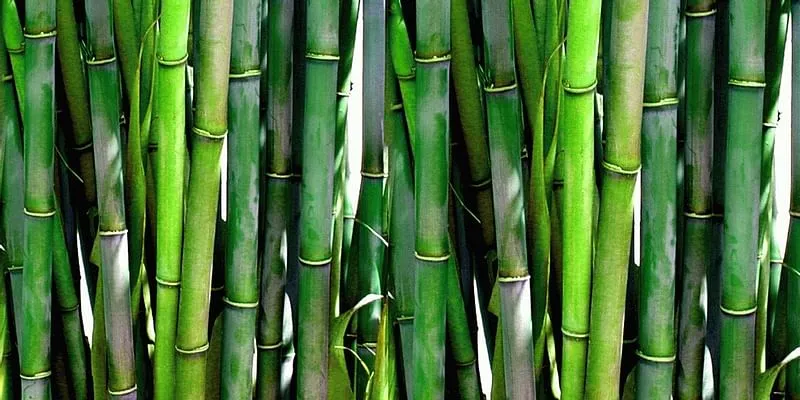Here are 5 sustainable alternatives to tree-based paper to reduce deforestation
While paper will remain essential regardless of us living in the digital world, SocialStory lists some sustainable alternatives to paper obtained from wood pulp.
Despite the onset of digitisation, the demand for offline notes and scribbles will never cease. That being said, paper, the best medium for the written word, does a lot more damage to the environment than you can imagine.
Wood pulp obtained from trees has been a primary source of paper for centuries, thus increasing deforestation which, in turn, has a detrimental effect on the climate and the environment.
However, with the advancements in sustainable technology, green alternatives can be used to replace paper obtained wood pulp and trees. Though many countries and cultures are exploring these practices, a visible change needs to be brought in to the paper production industry.
Here are some of the sustainable alternatives to the tree-based paper which can accelerate this change.
Bagasse

Bagasse is made from the sugarcane pulp
Remember those Navneet notebooks that were popular among school kids? If you noticed, a tiny note used to be scribbled within the notebook. The writeup explained that the product was made from bagasse or sugarcane pulp.
Bagasse is the residue left after the juice is extracted from the sugarcane. The crushed remnants contain 45 percent cellulose, 28 percent pentosans, 20 percent lignin, 5 percent sugar, and 2 percent minerals. This high percentage of cellulose makes it a viable fibrous material for the paper industry.
Bagasse is now extensively used to make various commercial products. The material is ideal for use after the depithing process (removal of the pith portion of the stem). The pulp can be used to make newspapers, printing papers, tissues, packaging boxes, etc
Bamboo paper

Representational image
While bamboo paper is also made straight from the plant, it is a very renewable source. The bamboo plant thrives in a depleted soil mixture, and can be easily grown to gradually replenish the soil.
Just like wood pulp, products made from bamboo can be easily recycled. The quality of the bamboo paper is also comparable to the paper wood pulp in terms of strength, brightness, and printability.
The applications of bamboo paper are varied. Bleached paper can be used to manufacture paper for typing and offset printing, whereas unbleached paper can be used to make packaging.
Kenaf

Kenaf packaging (Image: Homexyou)
The Kenaf plant is commonly cultivated in South America and parts of Italy. The fibre obtained from the plant is similar to that of conifers, making it suitable for widespread usage and serving as an alternative to wood.
The fibre is quite durable and has properties that make it suitable for making green buildings. In fact, the plant also replenishes the soil that it grows in, aerating it and repelling the weeds. Moreover, the material is also 100 percent recyclable.
Kenaf is widely used as an alternative to paper and is considered next in line, after wood pulp. In the pre-historical age, it was also used to make clothes.
Stone paper

Calcium carbonate is a key ingredient in stone paper
Even though the name sounds oxymoronic, stone paper is manufactured with calcium carbonate bonded with a small amount of high-density polyethylene resin.
Also known as limestone paper, the material is quite durable yet not biodegradable. However, it is photo-degradable and compostable. The paper can be recycled into the same mineral-rich paper again.
The paper works well with solid ink and inkjet printers, but not too well high-temperature laser printers. As a result of its compatibility with ink, it has a wide range of purposes and can be used to make stationery, books, magazines, wallpapers, packaging, etc.
Cotton paper

Currency notes are often made with cotton paper in many countries
Cotton paper is a relatively expensive option as compared to the rest. Most often, only important documents are printed using this material. It is made using cotton linters or rags as the primary material. In terms of strength and durability, cotton paper dominates the wood pulp products.
Different grades of cotton paper are available and their use is based on the quality. With the highest grade able to last for more than 100 years, it is often used to print important documents such as theses and dissertation copies. In most countries, this paper is used to print currency notes.
Edited by Kanishk Singh










